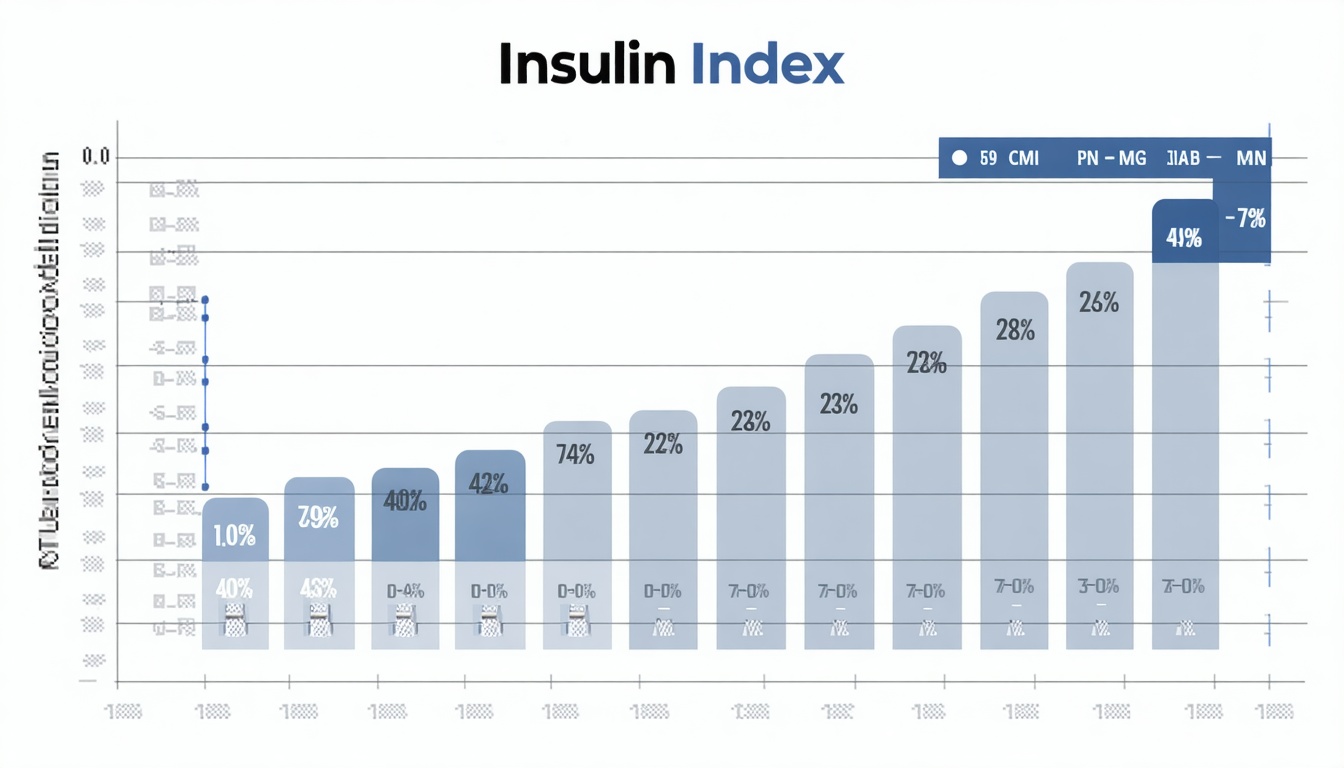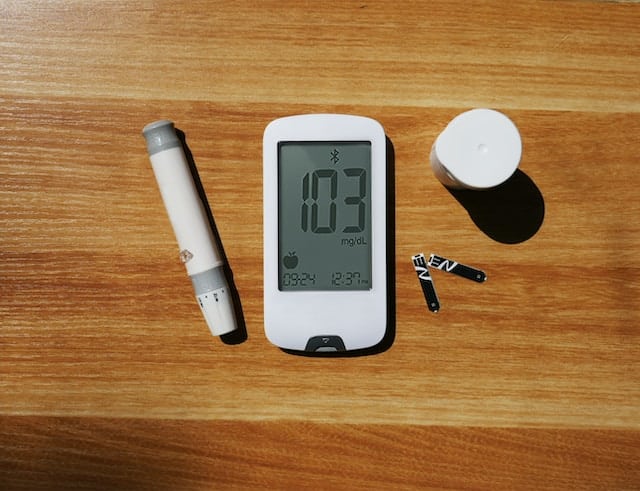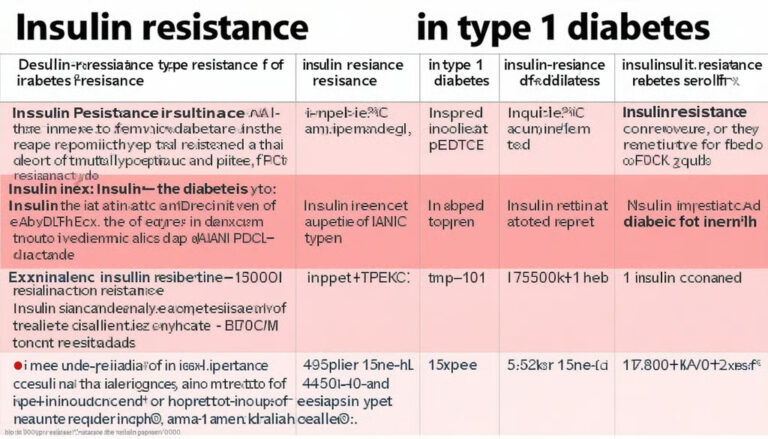Mastering the Insulin Index: A Simple Guide for You
Meet The Insulin Index
Ever wonder why some foods cause a bigger insulin spike than others, even when they’re not super high in carbs? The insulin index might hold the key. Unlike the glycemic index, which focuses only on digestible carbs, the insulin index takes into account proteins and fats too. This matters because certain high-protein foods can still trigger a noticeable insulin response (Wikipedia). If you’ve been aiming to maintain normal insulin levels, it’s worth exploring how the insulin index can help.
Are you curious about the standard insulin range for your body? Consider checking out normal insulin levels. If you’re specifically wondering about normal ranges for women, hop over to what is a normal insulin level for a woman to learn more.

Why The Insulin Index Matters
So, why should you care about the insulin index at all? If you live with diabetes or just want more stable blood sugar, tracking your insulin response can bring major benefits. Foods that spike your insulin less might help you keep your energy steady and potentially reduce the load on your pancreas. Research even suggests that knowing the insulin demand of each meal can lead to better glucose management compared to simple carb-counting methods (PMC).
Thinking about adjusting your insulin doses or fine-tuning your meals? Your doctor or dietitian might discuss something called an insulin correction factor. It’s a more personalized approach to diabetes care, so you can respond to blood sugar changes in real time. Don’t forget, insulin resistance doesn’t just happen in type 2 diabetes. For a closer look at how it can appear in type 1, check out insulin resistance in type 1 diabetes.
How It Differs From GI And GL
At first glance, the insulin index might sound a lot like the glycemic index (GI) or glycemic load (GL). However, all three measure slightly different things:
| Factor | Glycemic Index | Glycemic Load | Insulin Index |
|---|---|---|---|
| Focus | Carbs only | Carbs plus portion size | Insulin response from total calories |
| Typical Reference | 50 g of carbs | Typical serving size | 240 kcal serving, compared to white bread |
| Protein Accounted? | No | No | Yes, captures insulin response from proteins and some fats |
While the glycemic index only looks at how quickly carbs raise blood sugar, the insulin index goes a step further. For instance, lean protein might not have many carbs, but it can still provoke an insulin surge. That’s exactly why the insulin index can offer a more complete picture of your body’s response to food (Byram Healthcare).
Put The Insulin Index To Work
How do you actually use this information in everyday life? Start by focusing on balanced meals that include proteins, fats, and carbs in the right order. According to Weill Cornell Medicine, eating protein and veggies first can lower glucose and insulin spikes when you finally dig into your carbs. Think of it like building a foundation (protein and non-starchy veggies) before adding the finishing touches (carbs).
- Try pairing a moderate amount of protein (like fish or lean chicken) with vegetables or healthy fats before your starch.
- Consider the insulin response of a meal instead of only counting carbs.
- Space out your meal times consistently to help your body better regulate insulin.
- Monitor how you feel post-meal, and talk to your doctor if you notice big swings in energy or blood sugar.
Looking for more insights about meals and insulin around your eating schedule? You might come across what is prandial insulin, often discussed in conjunction with mealtime strategies.
A Friendly Wrap-Up
Using the insulin index might sound a bit technical at first, but it can be a game-changer. It helps you see how foods affect you beyond what a simple carb count or glycemic index might tell you. If you’re aiming for more stable blood sugar or just want to understand your body better, take a closer look at the insulin index. Who knows, it might make meal planning and glucose checks feel more predictable.
As you continue refining your approach, don’t forget to explore tools like your insulin correction factor. And if you’re curious about your own targets, go ahead and check normal insulin levels or even what is a normal insulin level for a woman. These small steps can guide you toward feeling your best—and that’s exactly what managing insulin levels is all about.
Image Credit







Leave a Reply